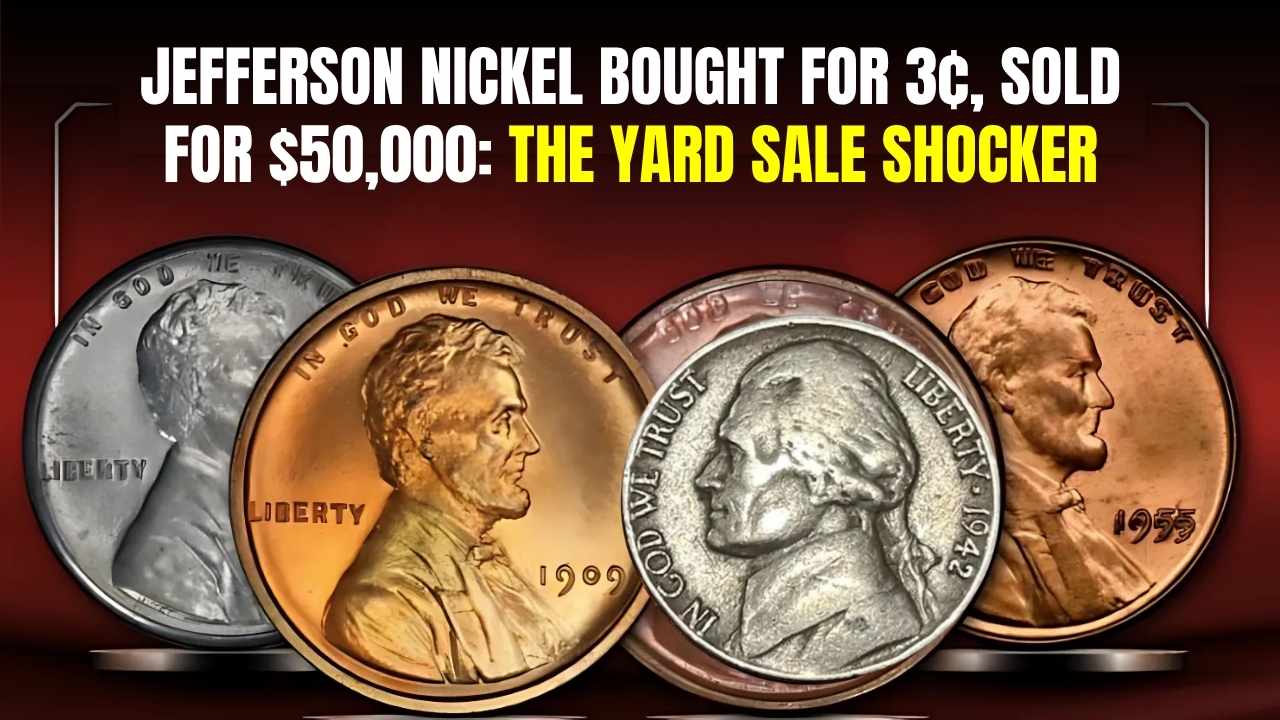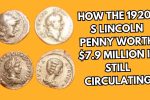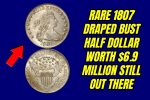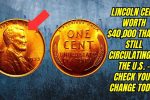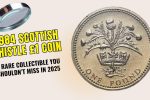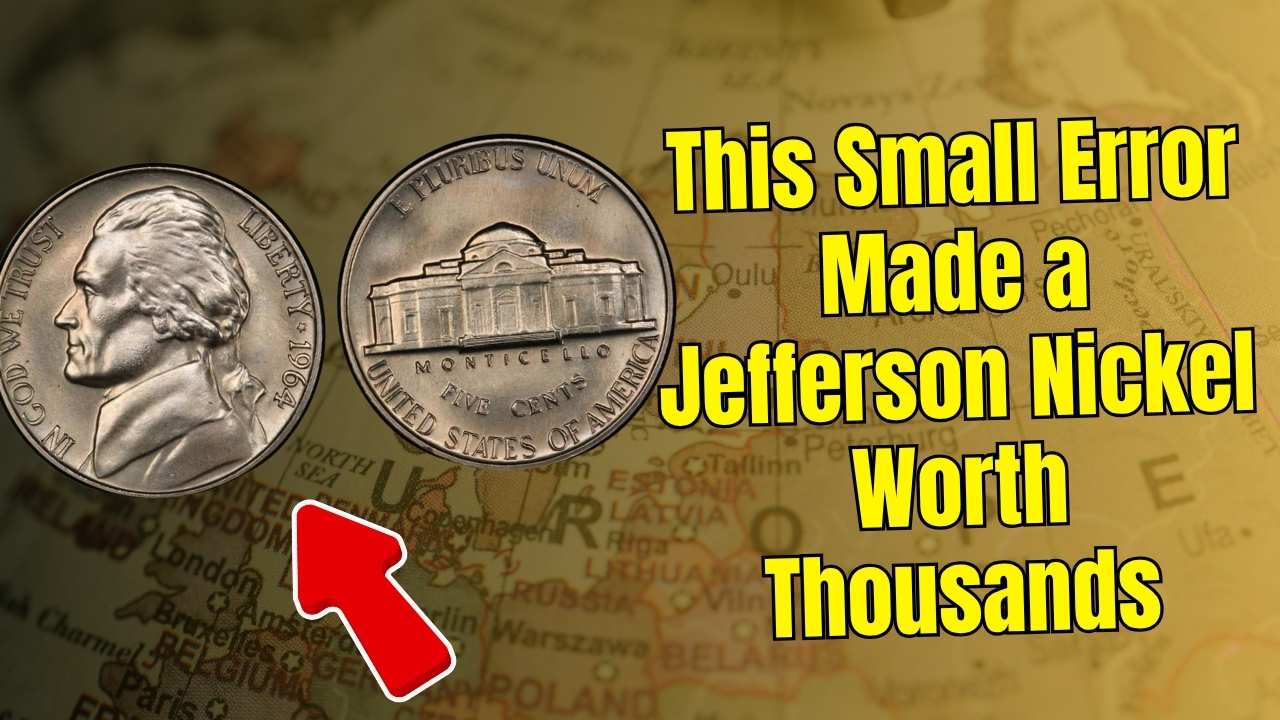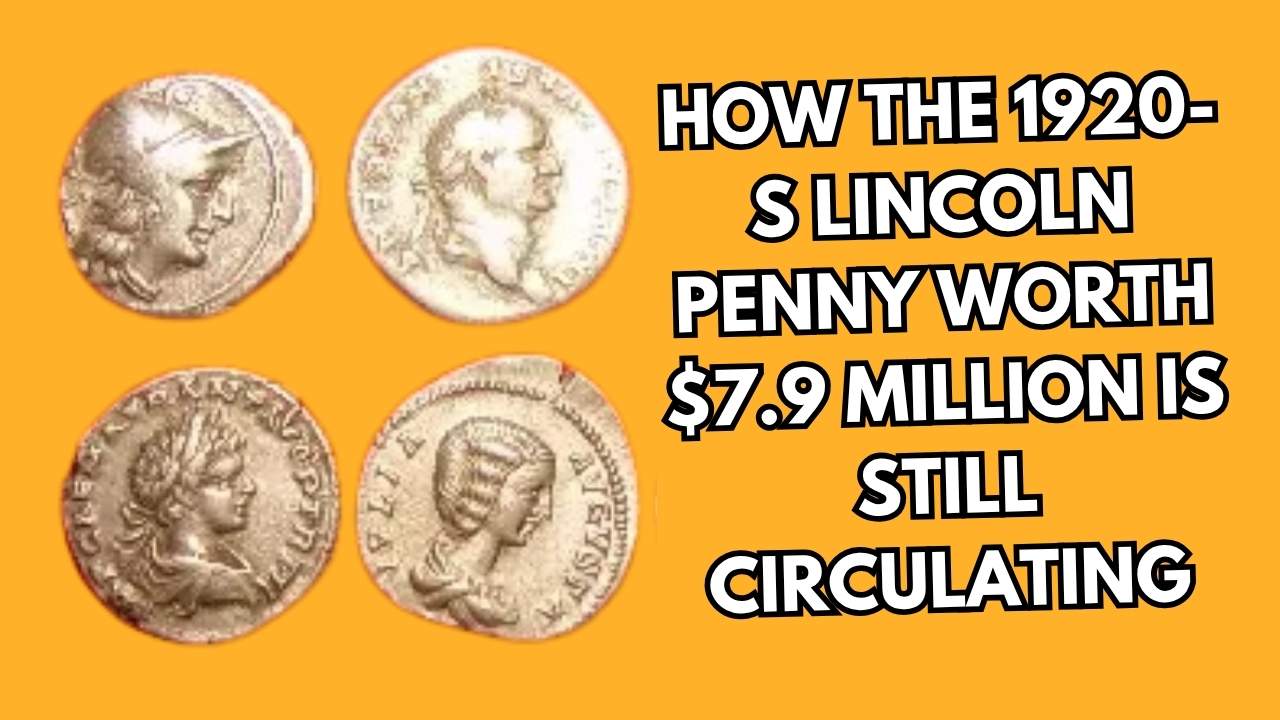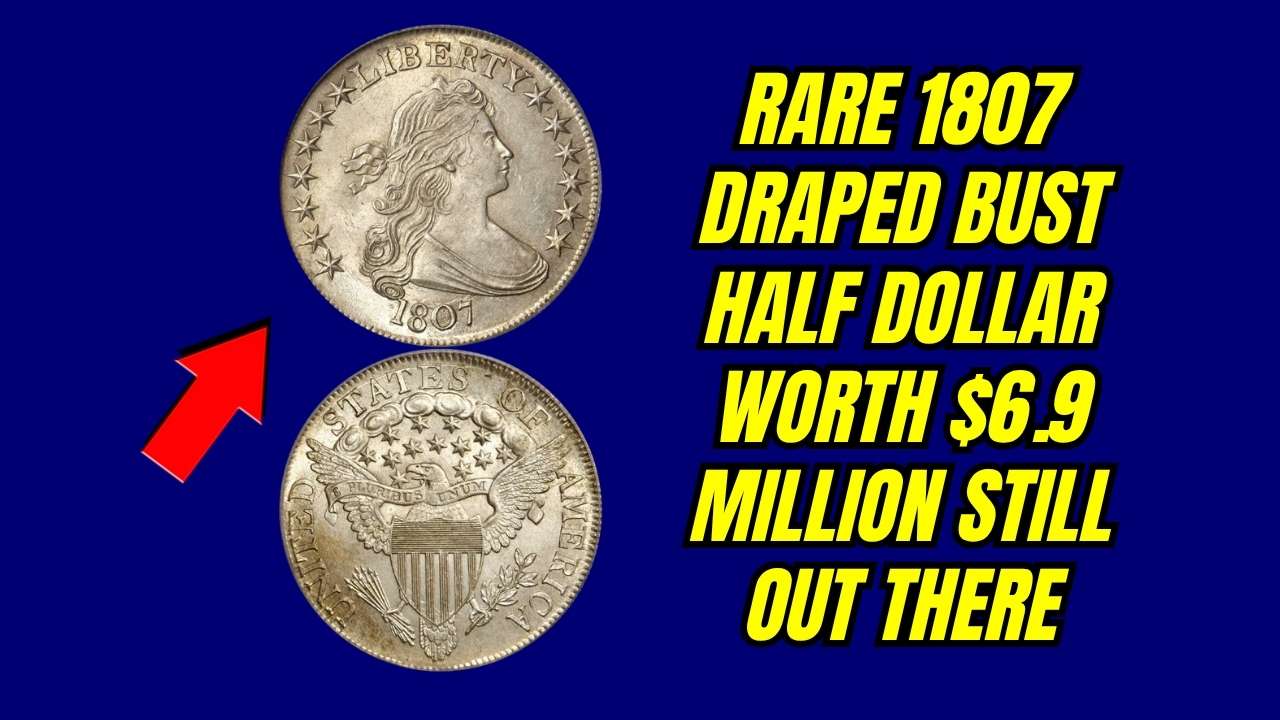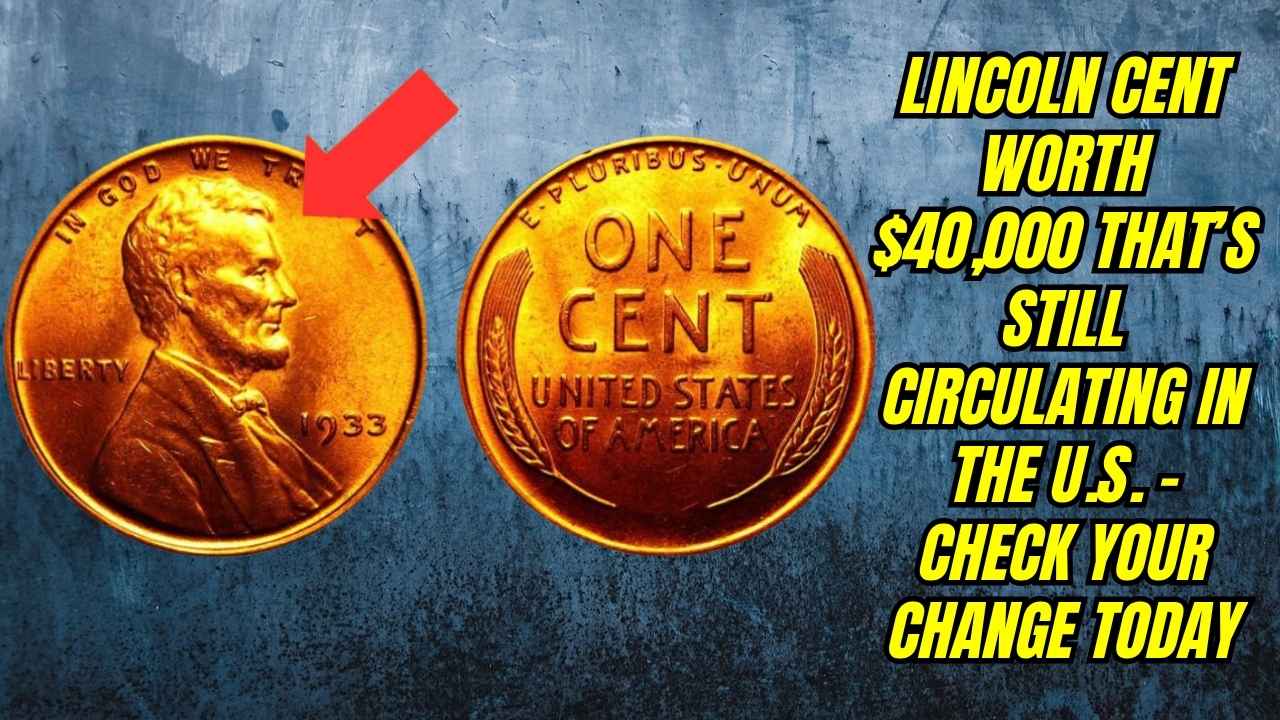Yard sales are often filled with unexpected surprises — from vintage furniture to forgotten collectibles. But no one expects to spend a few cents on something that turns out to be worth thousands. That’s exactly what happened in one unbelievable case where a shopper unknowingly purchased a coin for just 3¢ that later sold for a staggering $50,000. It wasn’t a gold piece or antique token, but a simple Jefferson Nickel.
This stunning story shines a light on the hidden potential of everyday coins. The Jefferson Nickel, while common in circulation, can carry immense value if it includes a minting error or other rare feature. This article explores the history behind the coin, how a simple yard sale find became a windfall, and tips to help you identify valuable nickels in your own pocket.
Focus Keyword: Jefferson Nickel
The Jefferson Nickel has been part of American currency since 1938, and while most people think of it as spare change, collectors know better. Certain versions of this five-cent coin have sold for thousands due to unique errors, missing features, or unusual metal compositions. Knowing what to look for can turn a handful of coins into a significant payday.
Before you dismiss your pocket change as worthless, take a moment to explore the potential value of a Jefferson Nickel. Here’s a helpful overview of some key varieties and features that make these coins valuable.
Overview Table: Valuable Jefferson Nickels
| Nickel Type | Key Feature | Estimated Value | Why It’s Valuable |
| Doubled Die Error | Letters or images appear doubled | Up to $15,000 | Minting mistake increases rarity |
| Off-Center Strike | Design is misaligned | $100 – $5,000+ | Visible error draws collector interest |
| Wartime Nickel (1942–1945) | Silver content, large mint mark | $1 – $1,500+ | Special metal and design used during WWII |
| Clipped Planchet | Part of coin’s edge is missing | $50 – $3,000+ | Rare cutting error in the minting process |
| Yard Sale Find With Major Error | Unique mint error (unconfirmed type) | Sold for $50,000 | Ultra-rare error plus collector demand |
A Simple Yard Sale Purchase Turned into a Fortune
No one expects to find a life-changing item in a jar of loose coins, but that’s exactly what happened here. A curious shopper at a local yard sale noticed a jar of old change. Among the nickels, one coin looked slightly unusual. With no idea of its value, the buyer paid just three cents for it.
Later, they took a closer look and noticed some odd features — enough to warrant a second opinion. What followed was a stunning discovery: this Jefferson Nickel had a rare minting error that made it extremely desirable to collectors. After professional appraisal, the once-overlooked coin was sold at auction for an incredible $50,000.
This story proves that incredible value can hide in plain sight — all it takes is a sharp eye and a bit of luck.
Jefferson Nickels: More Than Just Spare Change
The Jefferson Nickel debuted in 1938, replacing the Buffalo Nickel. Designed with Thomas Jefferson on the front and his estate, Monticello, on the back, it has remained in circulation for over 80 years. While most are only worth face value, some rare issues are worth thousands due to specific features.
Collectors look for:
- Doubled Die Errors where parts of the design are stamped twice
- Off-Center Strikes that misalign the coin’s design
- Wartime Composition Nickels (1942–1945) made from silver and other metals due to WWII shortages
- Missing or Misplaced Mint Marks which often point to special or erroneous production runs
The yard sale coin in this story had one of these unusual characteristics, turning an ordinary nickel into a valuable prize.
From Pocket Change to a $50,000 Windfall
Once the buyer noticed the nickel had unique features, they took it to a coin expert. What they learned shocked them: the nickel wasn’t just odd — it was extremely rare. Thanks to a rare mint error, the coin attracted attention from collectors and eventually sold for $50,000 through a major auction house.
This story is a reminder that Jefferson Nickels, despite being common, can be valuable when the right mistake is made during minting. Coins with visible flaws or rare production histories often fetch huge prices.
How to Spot a Rare Nickel
Before you cash in your coins, here are key things to check:
1. Inspect the Mint Mark for Errors
Look carefully for anything unusual about the mint mark. It might be missing entirely, doubled, or misaligned. Any of these can raise the coin’s value significantly.
2. Look for Doubled Features
If the coin has lettering or imagery that looks duplicated or unusually thick, it could be a doubled die error. These are popular among collectors and are worth more than you might expect.
3. Check for Off-Center Strikes
Off-center coins are easy to spot. If the design is pushed to one side or part of it is cut off, that’s a strong sign of value.
4. Compare the Metal Composition
Wartime nickels (minted from 1942–1945) were made with silver and have a distinctive look and feel. These coins also have a large mint mark above Monticello. They’re worth far more than standard nickels.
5. Get Professional Grading
If you suspect your nickel is special, get it graded by a professional service. This will help you verify its authenticity and determine its exact value.
Many valuable coins are overlooked because people don’t know what to look for. With the right knowledge, you might discover a treasure hiding in plain sight.
The Takeaway: Treasure Awaits in Unexpected Places
The story of the $50,000 Jefferson Nickel shows that real treasure doesn’t always sparkle. Sometimes it’s small, silver, and sitting in a jar of forgotten change. With a careful eye and basic coin knowledge, anyone can find hidden value where others see only pocket change.
So next time you visit a yard sale or clean out your coin jar, take a closer look. That unassuming nickel could be your next big win.
FAQs
What is a doubled die error on a Jefferson nickel?
It’s a minting error where the coin design is stamped twice, causing some parts to appear doubled or distorted.
How can I tell if my Jefferson nickel is off-center?
If the coin’s design isn’t centered and part of it is cut off, it’s likely an off-center strike — a collectible minting error.
What is a wartime nickel, and why is it valuable?
These were minted between 1942–1945 with silver instead of nickel due to wartime needs. Their different composition and large mint marks make them valuable.
How can I tell if my Jefferson nickel has a clipped planchet?
A clipped planchet has a curved or straight missing portion along the edge — a clear and valuable error.
Should I clean my rare Jefferson nickel?
No. Cleaning can damage the coin’s surface and reduce its value. Always keep rare coins in their original condition.
